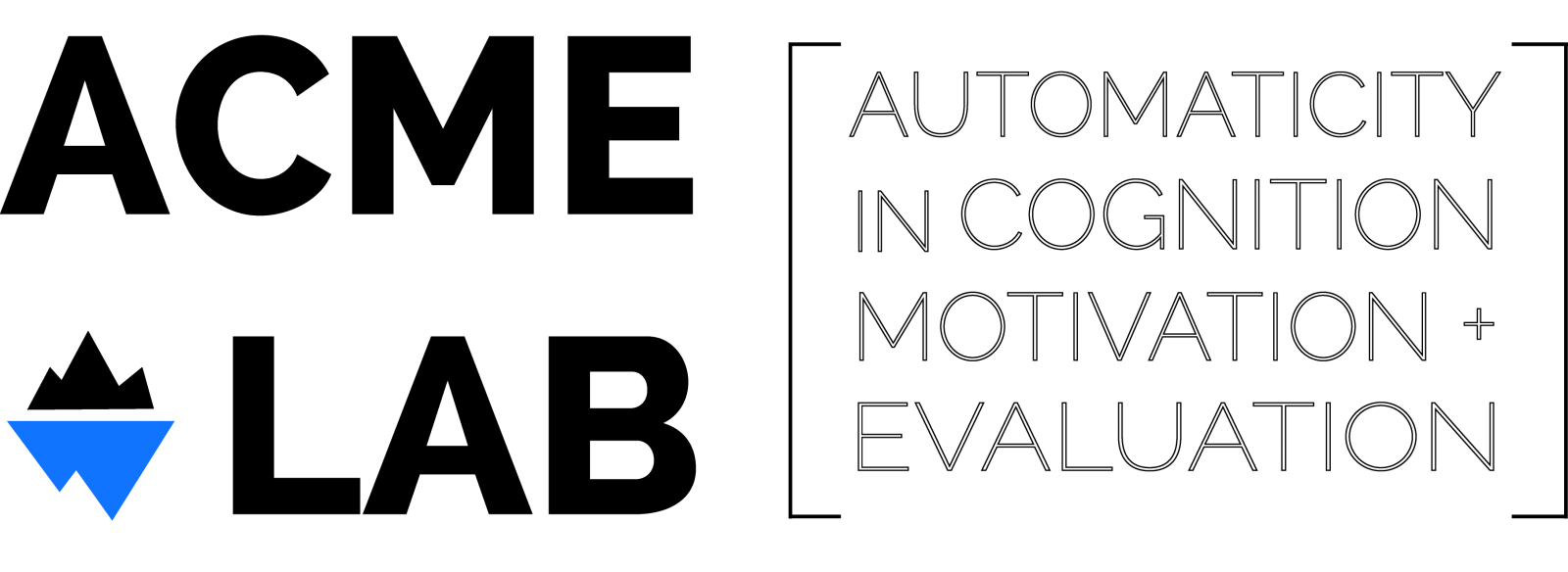Say you’re getting ready to take the SAT. You spend hours brushing up on vocabulary; you do hundreds of practice problems; you learn tips on test-taking from a tutor.
Those are good techniques, but you might consider adding a new trick: wearing a lab coat.
People who wore white lab coats made half as many mistakes on attention-related tasks as those wearing their regular clothes, according to a study published this year by Hajo Adam, a visiting assistant professor at Northwestern University, along with colleague Adam Galinsky.
It is unclear whether the effects wear off over time, or if knowing the trick removes its effectiveness. But the idea that wearing “smart clothes” makes you smarter is just one example of a growing field within psychology known as embodied cognition.
Embodied cognition is the notion that our physical experience permeates our thoughts and feelings, often unconsciously. It challenges what many of us think about ourselves: that we can make balanced, objective analysis independent of our physical state.
That revelation signals a shift in how we think about thought – and it has practical implications for other fields, from education to medicine.
The brain doesn’t make an artificial distinction between thinking and physical perceptions, researchers say. “Even potentially quite abstract thought is grounded in the same neurological structures that support perception and action,” said Roberta Klatzky, a professor of psychology at Carnegie Mellon University.
This phenomenon begins, according to Ms. Klatzky and colleague Brian MacWhinney, with body representation, our ability to understand how our bodies function in space. According to Mr. MacWhinney, also a psychology professor at CMU, the level above representation is imitation – the ability to project other people’s bodily movements onto our own.
Then comes empathy, which is a higher level of functioning.
“We can feel other people’s pain, so to speak, or their happiness,” Mr. MacWhinney said.
Embodied cognition functions at lower and higher levels of brain activity.
For instance, the fact that hills look steeper to those wearing backpacks than those not wearing backpacks is an example of lower-level functioning, according to Ms. Klatzky.
But our physical sensations also can influence higher-level cognition and social views. For example, when people were prompted in one experiment to think about the H1N1 virus, those who were not vaccinated were more negative toward immigrants than those who were vaccinated.
These seemingly disconnected variables actually reflect primitive attitudes, such as people wanting to guard their health and therefore being wary of strangers, according to John Bargh, a professor of psychology and cognitive science at Yale University, who worked on the experiment.
“The higher level systems … are built on the lower ones,” he said.
Many empirical demonstrations of embodied cognition – that, for example, holding a teddy bear makes you more ethical – are fun, but they challenge psychologists and neuroscientists to explain the scientific roots of these phenomena.
Language seems to play a critical role, as does evolution. One experiment, reported by the Association of Psychological Science’s Observer magazine, showed that holding a warm cup causes you to think more warmly toward other people.
This linguistic association is probably universal. We may form it as babies, by coupling the feeling of a mother’s literal warmth with her figurative warmth. “The experience of physical warmth is conflated with the experience of social warmth,” said Mr. Bargh said.
Similarly, describing someone’s soul as “dark” may be grounded in survival instincts. “It might come from the fact that the darkness was a time we were more exposed to predators,” Ms. Klatzky said.
But not all embodiment is universal.
“Culture plays a vital role in this,” said Mr. Adam, who noted that lab coats would not improve test performances in places where they are not common. He hopes that further research will take place outside of Western cultures.
And while examples of embodiment may provide good fodder for cocktail party conversations, it’s not just fluff. Understanding embodied cognition could have important implications beyond psychology.
For example, Ms. Klatzky and colleagues have found that people who conduct ultrasounds have better depth perception when they used floating images right over the site they are working on than when they used conventional remote screens.
Mr. MacWhinney believes embodiment could help educational practices; the game Chutes and Ladders, which requires counting and physically moving pieces up and down a board, already has been shown to improve math skills among lower-income children, he said.
“Learning should be hands-on learning, and you really mean hands-on,” he said.
But for lay practitioners of psychology, one place to start is being aware of our own irrational behaviors.
“You may well hire somebody because you’re holding a hot cup of coffee,” Mr. Bargh said.
